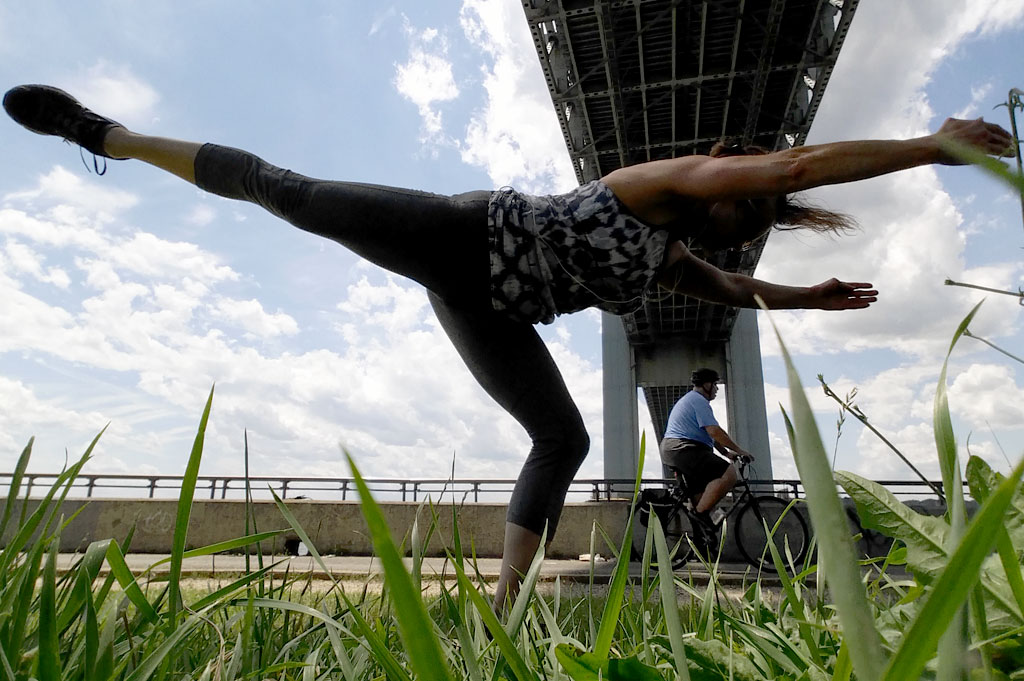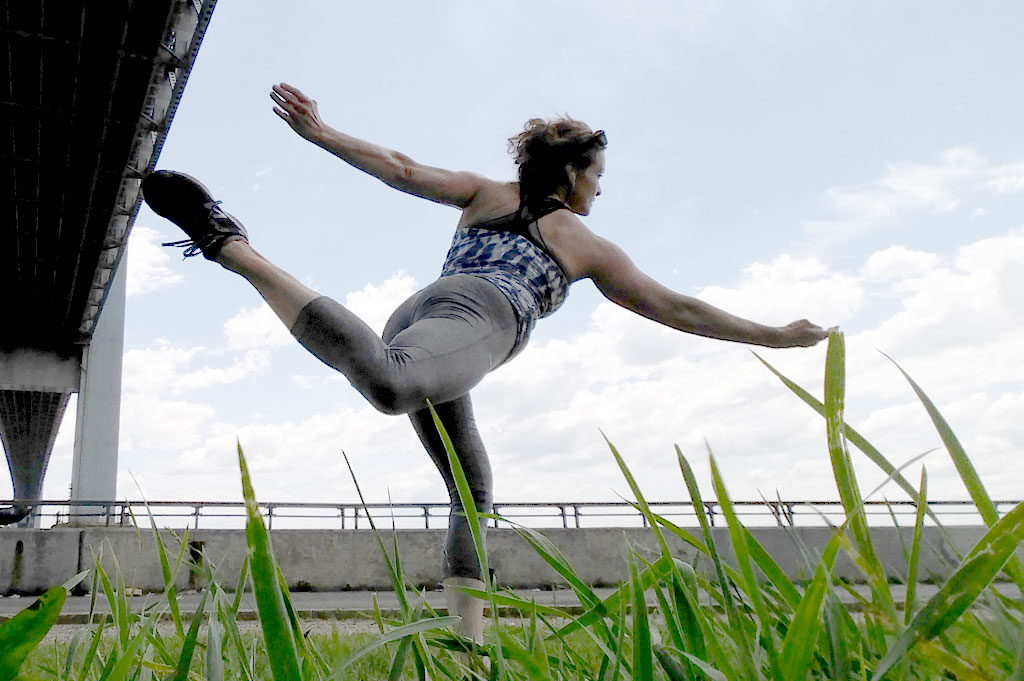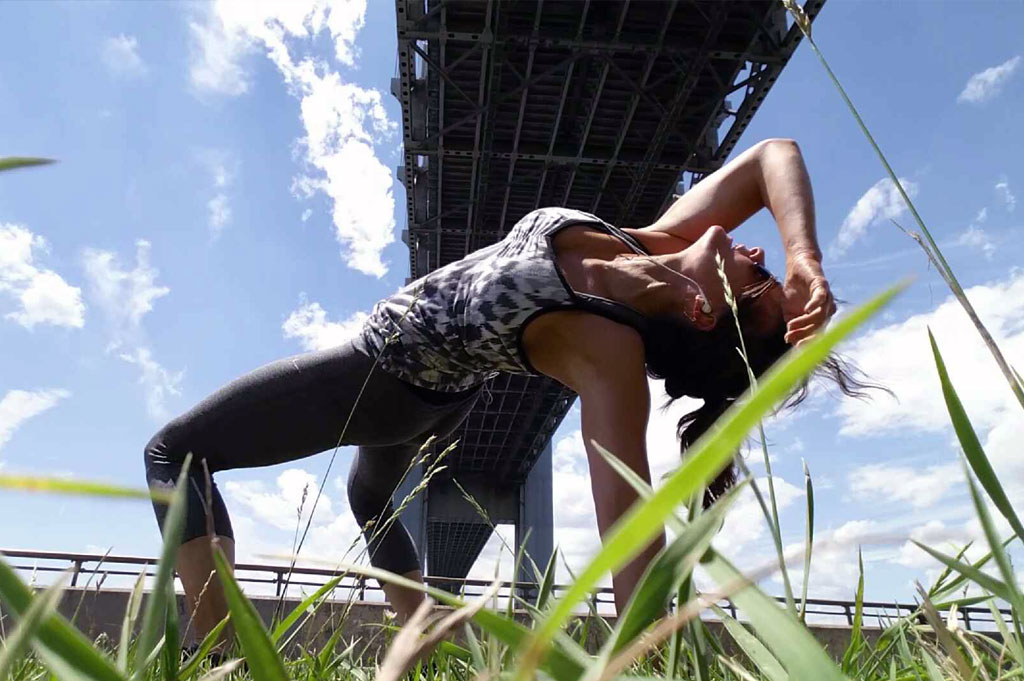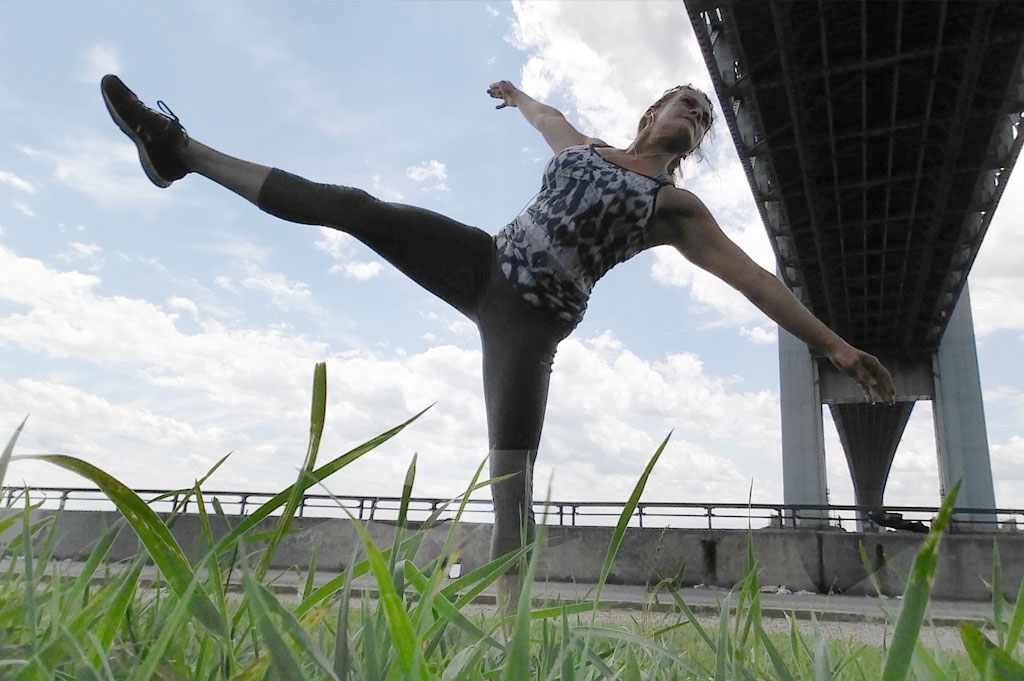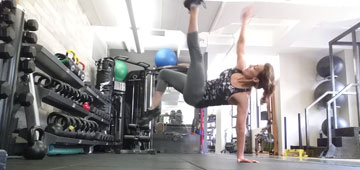Animal Flow
Animal Flow is a bodyweight-based movement technique; there are no machines or equipment used. The Animal Flow movements create a complex interplay between the body itself, the force of gravity and the resistance of the ground. These exercises are multi-planar, making them a great method for improving mobility and stability, both of which are important for healthy joints. Other benefits of AF are improved flexibility, endurance and power, as well as increased neuromuscular efficiency. Similar to Pilates, movements have various degrees of difficulty based on one's mastery of the skill and level of fitness. They can be regressed or progressed for modification as needed.
In an AF exercise, because the primary source of resistance is rigid, such as the ground, we call that a "closed-chain" movement. On the other hand, when the primary source of resistance is moveable, such as a dumbbell, we refer to that as an "open-chain" movement. Examples of the former would be a squat or a push-up, since the ground remains fixed despite the body's forces acting upon it, while a kick or a chest press are considered "open-chain" since the barbell or the leg itself moves through the medium.
A primary benefit of Animal Flow is that it loads multiple joints simultaneously. This, in turn, means that multiple muscle groups are working as well. This type of training is referred to as "functional." We live in a world where the activities of daily living require us to move three-dimensionally. Therefore, training in a similar fashion helps prepare our bodies to move more efficiently in life.
These are the basic concepts of Animal Flow. Now that I've introduced them, stay tuned for my next entry in which I'll describe the six basic components of the technique in order to provide more specific information on how we can use them to develop an actual "Flow."
- · Wrist mobilizations (to prepare the wrist for weight-bearing loading)
- · Activations (isometrically load your body as a prep for what is to come)
- · Form specific stretches
- · Traveling/crawling forms
- · Switches and transitions and the actual Flow itself


